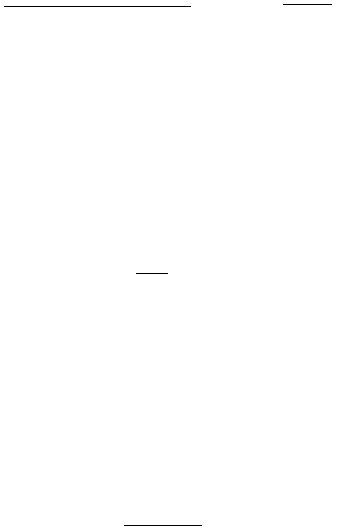
29
Thus the relative error (i.e. percent uncertainty) is:
Percent uncertainty
=
error
in
volume
measurement
volume
x
100
%
=
0.10 mL
2.25 mL
x 100% = 4.4%
B.
Significant Figures
The rules for the use of significant figures are useful approximations to a full use of the rules for
propagation of errors.
1.
Addition and Subtraction
The number of significant figures to the right of the decimal point in the sum or difference is equal to
the smallest number of figures to the right of the decimal point.
Example #1: Add three numbers
0.168
10.784
15.16
26.112
The answer to the correct number of significant figures is 26.11 (two significant figures to the
right of the decimal point).
Example #2: Add the three numbers 1.05 x 10
-10
, 2.01 x 10
-11
, and 5.03 x 10
-12
. First, all three
numbers have to be converted to a common power of 10, for example, 10
-11
(any common
power will do):
10.5
x 10
-11
2.01
x 10
-11
0.503
x 10
-11
13.013
x 10
-11
The answer to the correct number of significant figures is 13.0 x 10
-11
(one significant figure to the right of the decimal point in the common power of
10
-11
). In addition and subtraction, the answer should be expressed to the same degree of
uncertainty contained in the least precise measurement (least number of decimal places).
2.
Multiplication and Division
The number of significant figures in the product or quotient is equal to the number of
significant figures in the measured value with the fewest significant figures.
Example:
mass of sample
4.126 g (four significant figures)
volume of sample
1.62 mL (three significant figures)
